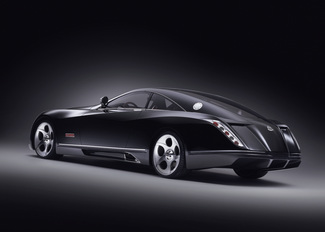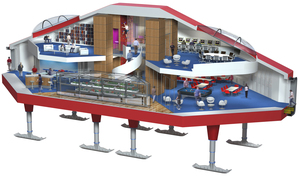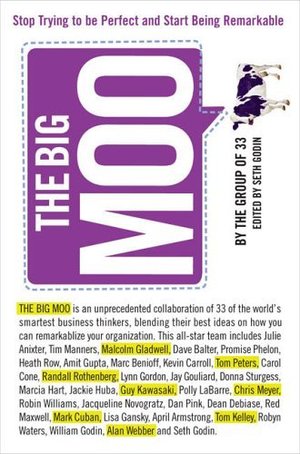To echo an infamous statement once made about the lowly shopping cart basket, the wallet is tyranny. In this age of the mobile phone, the PDA, the RFID fob, the massive automobile locking/alarm/ignition system remote, and the iPod, who can get away with carrying a wallet alone? Convergence isn’t going to happen any time soon, my friends, and clipping that phone to your waist band just ain’t gonna cut it. Aesthetics matter. The solution is quite clear, and yet… and yet the pressure to conform to societal norms is intense. Hence the tyranny of the wallet.
You heard it here first: I’m freeing myself from the shackles of walletdom, and I’m going to start toting a man-purse.
I’ve been contemplating this move for a while, a long while, in fact. Back in 1991 my engineering boss at the Nissan Technical Center in Atsugi used a man purse, and it made a lot of sense from a utilitarian standpoint: having everything in one purse made it a lot less likely that he’d leave a stray pack of cigarettes in a chassis dynamometer, misplace the keys to his diesel Sentra, or drop a data log at the test track. It made perfect functional — or behavioral design — sense.
It’s the visceral and reflective levels of design which kept me from taking the plunge. But two recent developments have tipped the balance in favor of the man-purse:
- When a reputable venture capitalist makes a very public endorsement of the man-purse, well, that means its societal meaning is changing. A VC with a purse? That’s a compelling use case, a great story. And it works well at the reflective level of design.
- I’m no clotheshorse, but I do care about personal aesthetics. So I can’t rationalize carrying a cordura camera bag turned purse. Or worse, a fanny pack. Enter the Freitag Mancipation line of man-purses. They meet all my visceral design criteria, and because they’re Freitag they’ll work well and stroke my mojo, too.
So watch out for me and my man-purse. Now I’ve just got to figure out how to buy one of these Freitag thingies without jetting over to Davos, because I can’t find it on the internet.
Honey, where’s my wallet?








